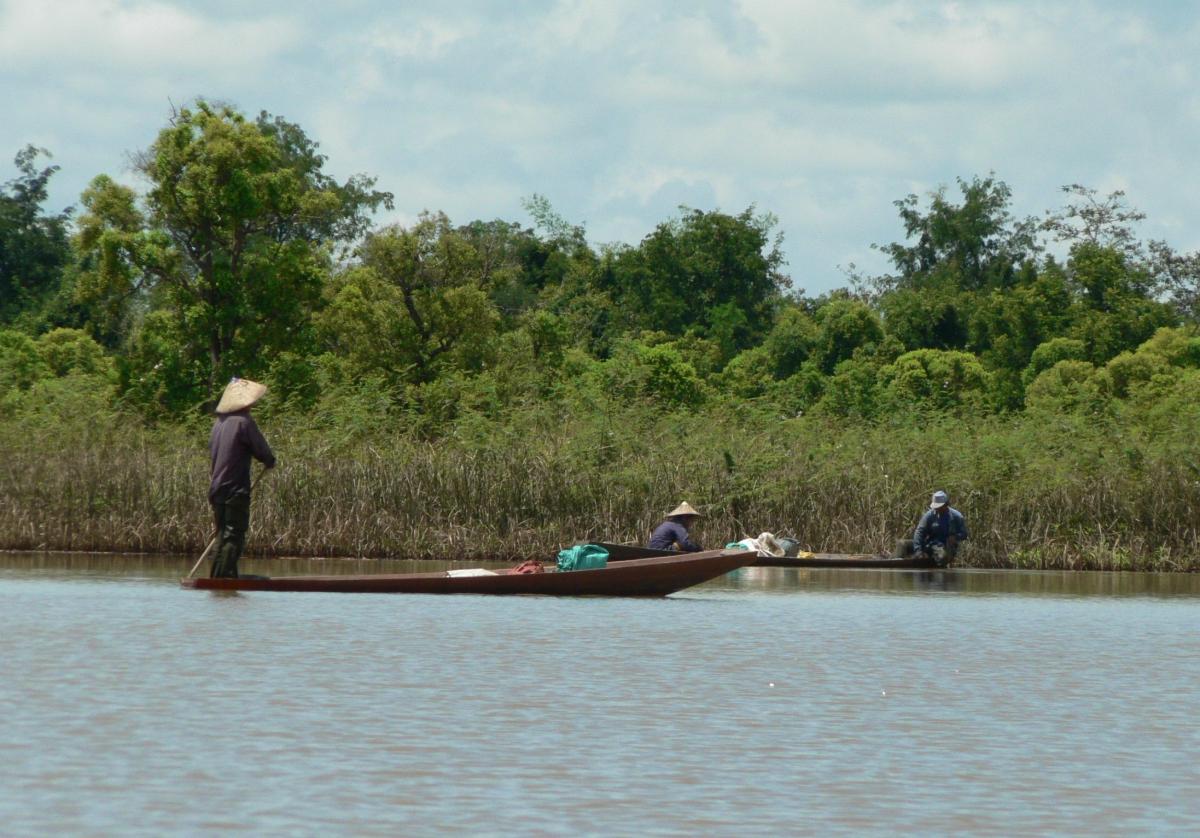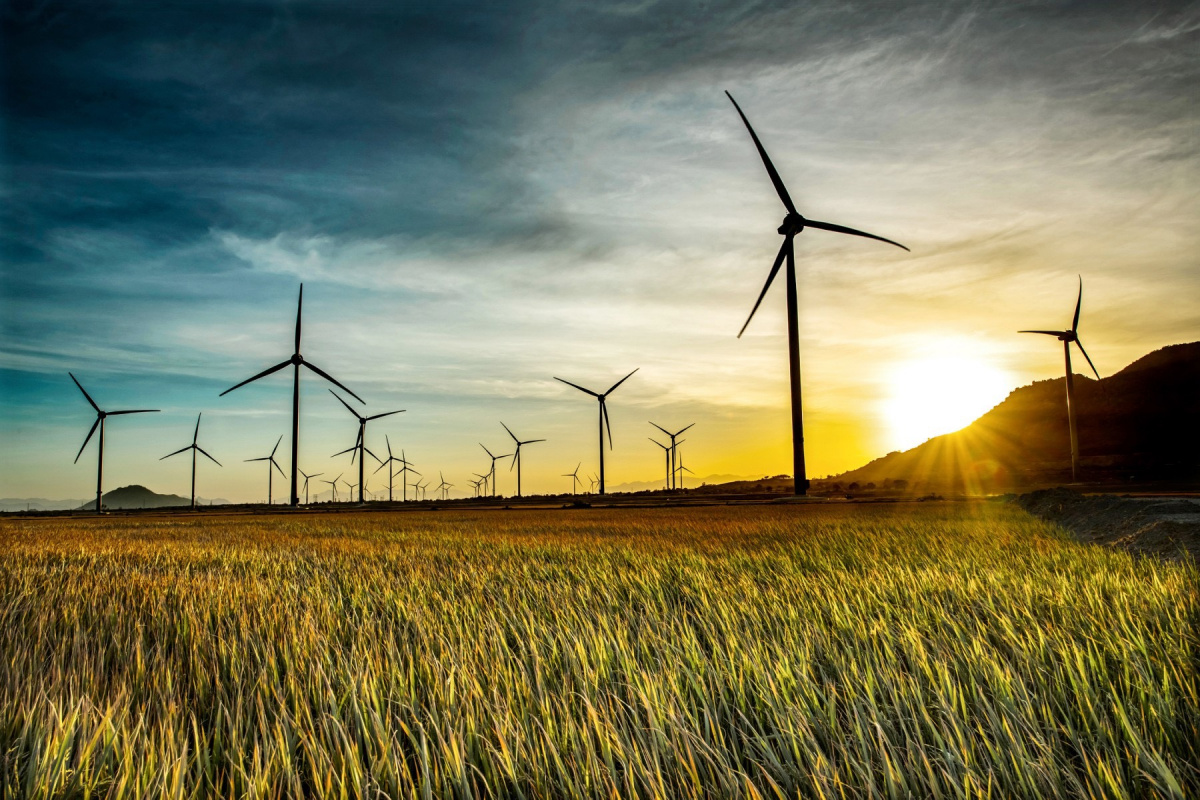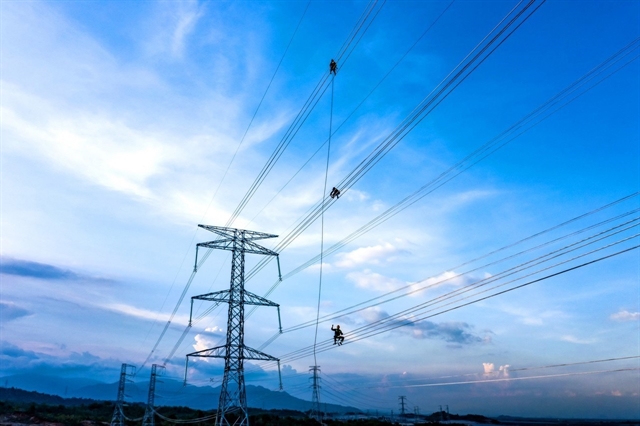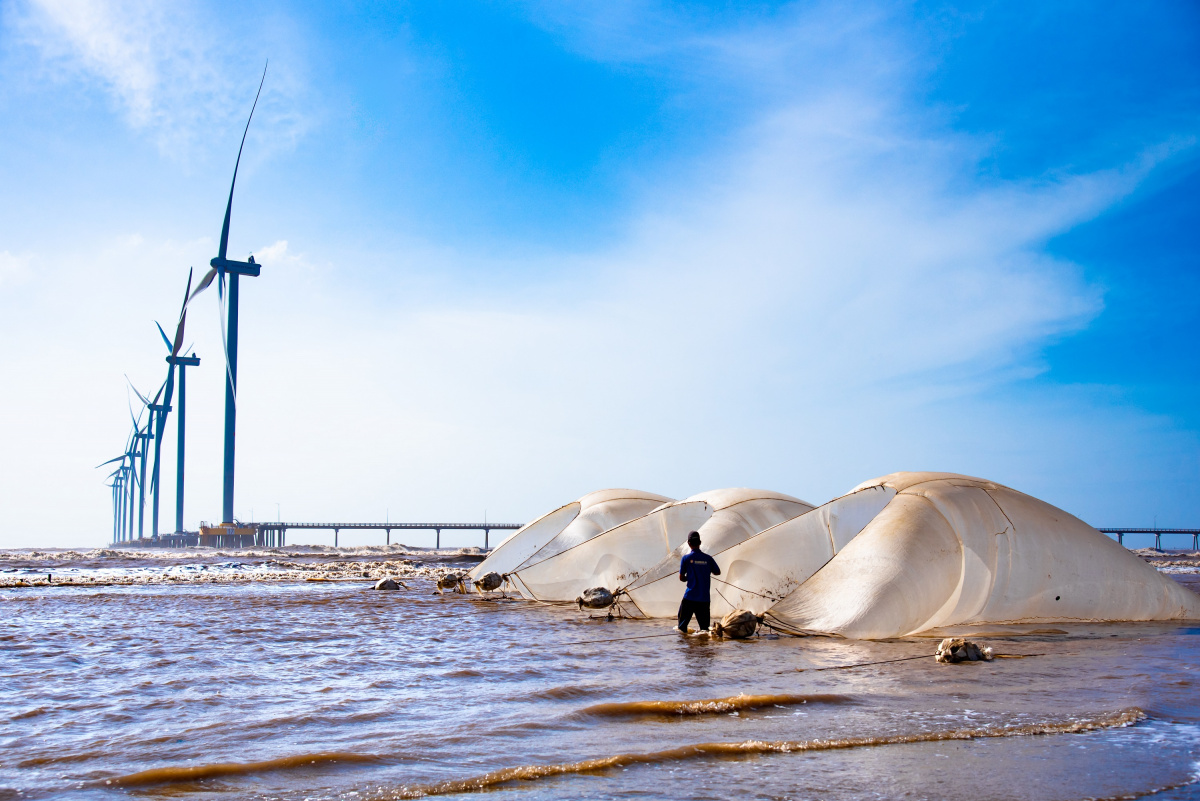New climate change assessments report future threats to Lao PDR’s largest peatlands
IUCN’s Mekong WET project recently conducted Climate Change Vulnerability Assessments at Lao PDR’s two Ramsar sites, Beung Kiat Ngong and Xe Champhone, to understand how climate change impacts will affect species, habitats, and livelihoods. Results show that changes in rainfall will negatively affect Beung Kiat Ngong Ramsar site, one of the largest peatlands in the country, and increased temperatures will disproportionally affect the reproductive success of turtles and other reptiles. Communities surrounding the wetlands will experience drought and flooding, affecting rice agriculture, their main source of income.

Photo: ©IUCN
Climate change projections for the sites include an increase in mean and maximum annual temperatures. Results predict that there will be an increase in average annual rainfall, along with extended and more frequent flooding during the wet season. In the dry season, predictions include a reduction of rainfall and higher evaporation rates of water bodies.
Changes in precipitation and temperature will affect some habitats within the wetlands.
Beung Kiat Ngong Ramsar Site hosts the largest peatland area in Lao PDR and its habitats are highly vulnerable to climate change. At Xe Champhone Ramsar Site riverine habitats, which are susceptible to erosion and sedimentation impacts, and open wetlands, are increasingly threatened by higher temperatures warming the shallow waters, and increased water extraction during the dry season.
The species vulnerability assessment analysed five species at each site to determine how changes in climatic patterns will affect their survival. Turtles at the Bueng Kiat Ngong site are the most vulnerable to future changes. The projected increase in temperature skewing hatchling gender ratio through ‘environmental sex determination’ will compromise reproductive success of two species, Giant Asian pond turtle (Heosemys grandis) and Asian box turtle (Cuora amboinensis).
High temperatures will also affect the eggs of the critically endangered Siamese crocodile (Crocodylus siamensis) at Xe Champhone Ramsar Site. Evaporation and sedimentation at Xe Champhone may also fragment the migration routes of the Wallago catfish (Wallago attu), which requires a large connected habitat area and deep pool refuge to sustain the population.
Community livelihood vulnerability assessments conducted at both sites revealed similar results. Men and women mentioned that fish and snails are the top two wetland resources used mostly for food. According to the local communities, damage to rice crops from floods and drought because of climate change is threatening livelihoods.
The results from the vulnerability assessments are currently being used to develop climate change adaptation plans that will support community members and local and national managers in minimising the impacts of climate change through ecosystem restoration and promoting the benefits of healthy wetlands.
The Climate Adaptation in Wetland Areas (CAWA) project co-funded the conduct of the climate change vulnerability assessments for the two Ramsar sites in Lao PDR.
To learn more about the assessment results, view the Climate Change Vulnerability Assessment Summary Reports for Beung Kiat Ngong Ramsar site and Xe Champhone Ramsar site.
View full reports here:
______________________
Funded by the International Climate Initiative (IKI) of the German Federal Ministry for the Environment, Nature Conservation, Building and Nuclear Safety (BMUB), and to be implemented until 2020, the “Mekong WET: Building Resilience of Wetlands in the Lower Mekong Region” project aims to build climate resilience by harnessing the benefits of wetlands in Cambodia, Lao PDR, Thailand, and Viet Nam. Mekong WET will help these countries to address their commitments to the Ramsar Convention, an international treaty for the conservation and sustainable use of wetlands, and to achieve the Aichi Biodiversity Targets. The project is also supporting the IBRRI and the implementation of the IBRRI strategic plan 2019-2024.



